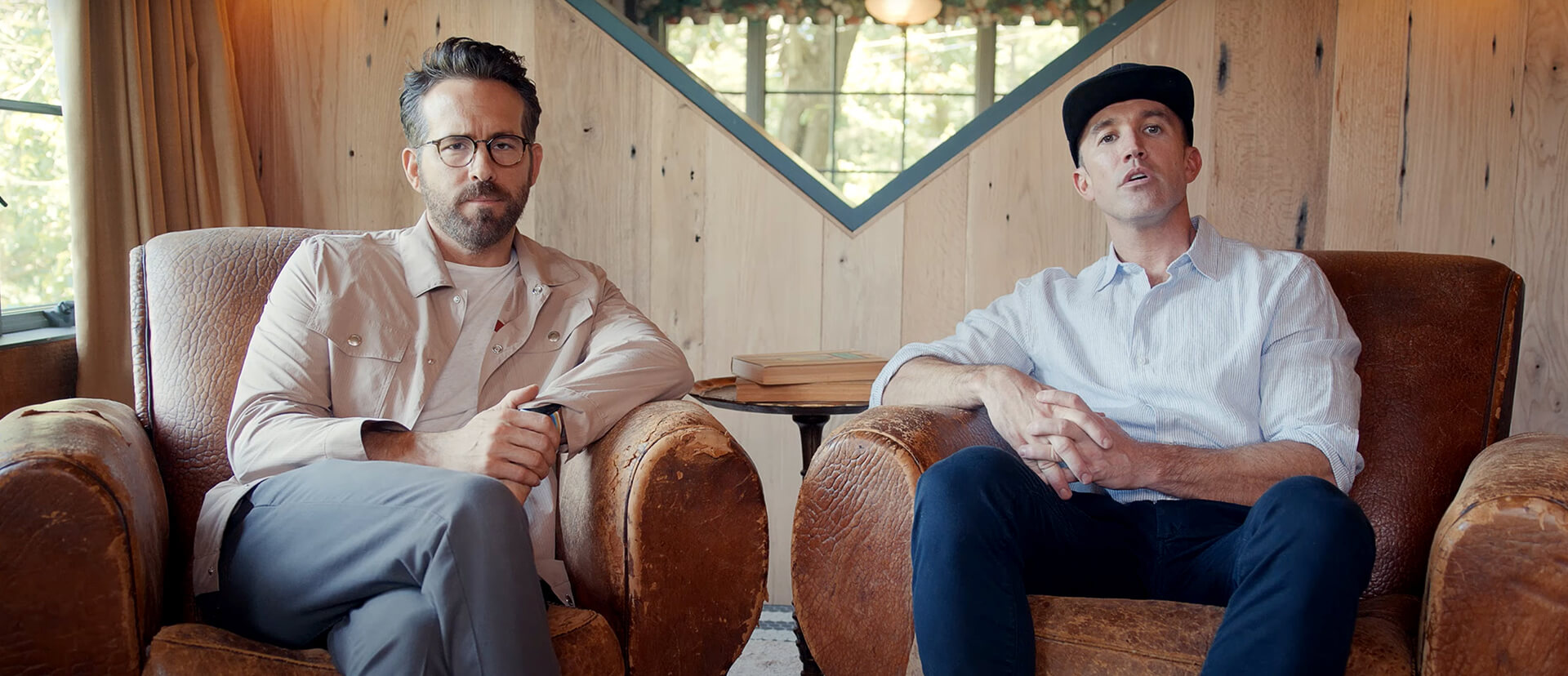


Despite being the second leading cause of cancer-related deaths in the U.S., colon cancer remains widely under-discussed, misunderstood, and under-screened, especially among younger adults and historically underserved communities. Cultural stigma, fear, lack of awareness, and misinformation prevent people from taking action—despite the fact that colon cancer is one of the most preventable and treatable forms of cancer if caught early.
To overcome these barriers, we designed a digital experience that is not only educational and trustworthy, but also bold, engaging, and stigma-breaking. It aimed to motivate users in taking preventive action, while making colon cancer screening feel approachable, urgent, and even shareable—particularly for mobile-first, socially driven audiences.
Through interviews with participants, clients and stakeholders, we gathered valuable insights to better understand and empathize with the needs of our target audience. This allowed us to dive deeper into defining the project's challenges.
Our team went through the process of rapidly visualizing, testing and refining thoughts and ideas before the development process. Below is a glimpse of how we defined our vision of the user's journey through the app by highlighting decision points, loops and any potential friction areas.

To help the team determine the priority of information, I designed the placement and layout of content in wireframe form which allowed for rapid iteration, feedback and discussions.
Once approved, I developed the wireframes into a working prototype to help simulate user interaction with the product and address any potential pain points discovered throughout the early stages.

Utilizing bold visuals, vibrant colors, and celebrity-driven content, the mobile-first, modern, and modular website is designed is to to help destigmatize colon cancer and drive awareness while balancing humor with urgency.
With bold typography, playful imagery, and high-contrast visuals, it simplifies serious health messaging for a wide audience. The site’s tone is unapologetic and engaging, turning awkward conversations into viral, action-driven moments—all while promoting screening, education, and health equity through a user-friendly, emotionally resonant digital experience.










